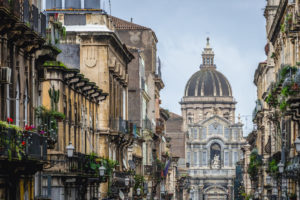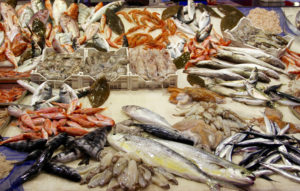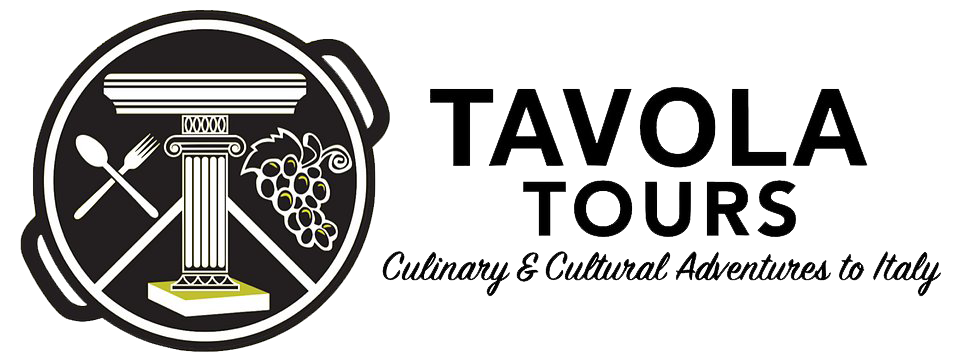
As Sicily’s second-largest city, Catania is full of old-world charm. This vibrant city captivates your attention with its historic buildings, rich history, and local food specialties. Catania is located on the east coast of the island, overlooking the Ionian Sea and residing underneath the towering giant known as Mount Etna. After a devastating earthquake in 1693, Catania was reconstructed in an ornamental Baroque architectural style. This paved the way for wide market streets, spacious piazzas, grand cathedrals, and restored castles. All of which have become a great reason to visit Catania.
Here’s a sneak peek of four top tourist attractions in Catania.
1) Natural Beauty: Mount Etna

The city lies at the foothills of the active volcano, Mount Etna with a height of 2 miles or 3329 meters. You can climb the mountain via trekking trails, guided nature excursions, biking, taking a cable car, or even opting for a donkey ride. There are bus tours and four-wheelers available for people who’d prefer to drive up.
The nature reserve surrounding the volcano is very picturesque. As you come closer to the volcano, the surface takes on an ashy black-brown and sometimes greenish appearance. Our guests had an educational excursion to Mount Etna. They had a jeep ride part of the way and took a nature stop to investigate some of the natural volcanic caves that are found along the way. Once suited up with cave helmets it was off to see the wonders of the inner caverns of Mount Etna.
2) The Architecture: Cathedrals & Castles
The historical architecture and aesthetically pleasing layout of the city is another reason to visit Catania. You will find plenty of tourist spots within walking distance to the Piazza del Duomo. Like the Elephant Fountain carved in black lava with an Egyptian obelisk on top.

Catania Cathedral

Located in Piazza del Duomo, the cathedral honors the sacrifice of St. Agatha, the patron saint of Catania. The original church was constructed in 1078-1093. Roger I of Sicily ordered the builders to construct the cathedral on top of the ruins of the Roman Achillean Baths.
Unfortunately, like the rest of the city, a volcanic eruption and subsequent earthquakes destroyed the building. The final blow occurred in 1963 by a devastating earthquake. The church was then reconstructed a few years later in Baroque style. The cathedral is famous for its intricate architectural details and marble exteriors. In addition, it houses the tomb of Vincenzo Bellini, the Italian classical composer.
Castello Ursino
The medieval castle has witnessed the rise and fall of the Normans who reigned over Sicily in the 13th century. It was once surrounded by a moat, which has dried up and been covered by volcano lava. These days the castle is only a mile away from the sea. It has been transformed into a public museum with a fantastic (must see) archeological collection.
The Aci Castello

Centuries ago, Aci Castello was perched upon a free-standing lava cliff. After the great eruption of Mt. Etna in 1169, the Norman castle became part of Sicily as solidified lava formed a connection between the former island and the city. It’s approximately nine miles away from Catania.
The quaint castle has functioned as a residence for royalty during excursions and a state prison during turbulent times. Now, it operates as an archeological museum with exhibits of minerals and fossils. The stately building is encircled by botanical gardens grown to create a picturesque sight for visitors.
3) The Markets: Seafood Galore & Local Handcrafts
Your visit to Catania will be incomplete without a trip to its traditional open-air food markets. If you’re interested in fresh fish and seafood, you must drop by La Pescherie (i.e., The Fishmongers). The city comes alive behind the Piazza Duomo. Here local fishermen gather around to sell their fresh catches.

As you step into the market, you’ll hear the cries of vendors and shoppers haggling over the price. The market is sprawling with mini stalls of steaming veggies and tripe, fresh fruit, and other types of meat. There are multiple restaurants nearby to satisfy your seafood cravings if you’d prefer to eat rather than purchase fish.
Alternatively, if you’re on the lookout for local crafts and antiques, you should head over to Piazza Carlo Alberto. It’s the oldest market in the area, rumored to have begun in the 1830s.
Ferao’luni (or the Monday Fair) has an assorted range of open-air shops and kiosks. It’s an excellent spot to find unique handcrafted items, antique pieces, and fresh produce. You can stroll around these marketplaces after you’ve completed your day tours.
4) The Food: Delicious Cantonese Cuisine
Another fantastic reason to visit Catania is its food scene! You will find a little cafe or restaurant at every corner of this bustling city. Their presence ensures that travelers walking on foot will never go hungry as they take in the scenic sights of Catania.
As a port city, seafood platters are a Catanese specialty. Our favorites include Pesce Spada (swordfish), Coda di Rospo Alla Catanese (Catania-Style Monkfish), pasta with Nero di sepia (squid ink), etc. Speaking of pasta, Catania is home to the world-famous Pasta Alla Norma. Veggie sides include caponata with onions, zucchini, sweet peppers, capers, carrots, and celery. Hungry yet?
If you’re looking for a quick bite, you can count on the street food (Tavolacalda) to serve some fresh traditional delicacies. Such as miniature pizzas (or pizzetta), arancini (fried rice balls), cartocciate (stuffed bread), etc. Food enthusiasts with a sweet tooth can indulge in Sicilian delights, such as freshly baked brioche bread, Sicilian cassata cannoli, and the famous Frutta Martorana marzipan.
Video Snapshot of Catania
Everyone will enjoy a trip to Catania. From Baroque-style cathedrals, medieval castles, local markets, delicious Cantonese food to the magnificent Mount Etna, there is much to see and experience in this Sicilian port city. Please stay tuned to our Facebook page and this website for future updates for our next adventure to the beautiful island of Sicily will be.





